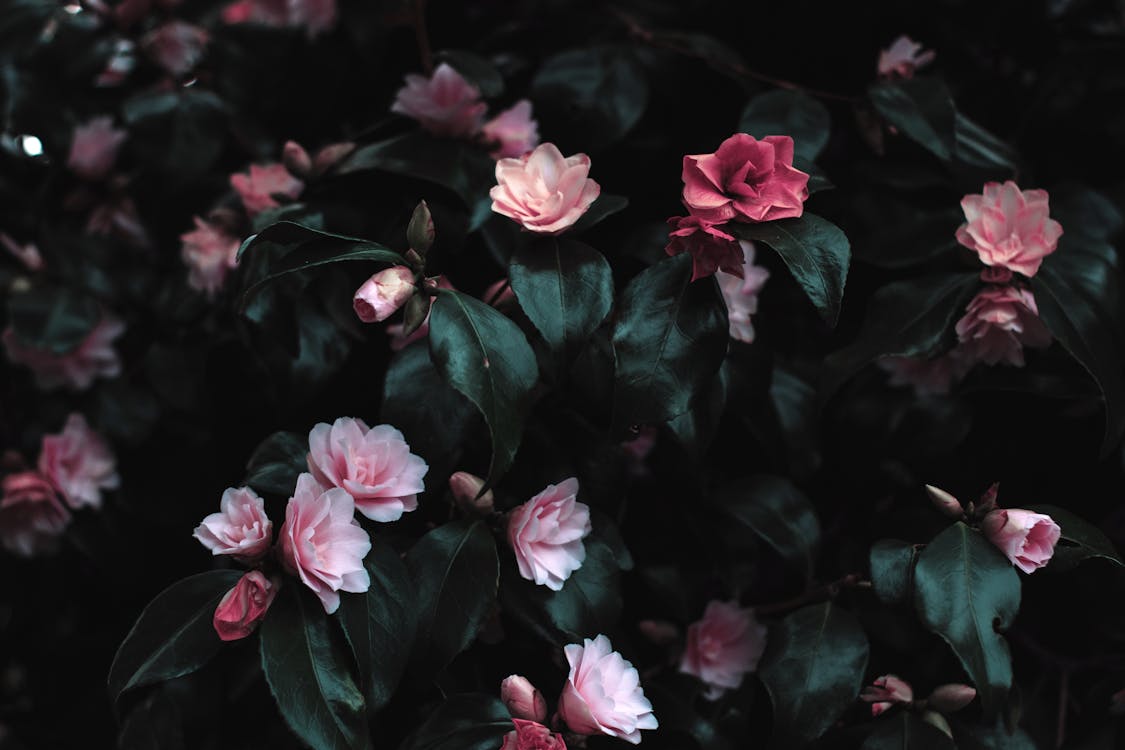Classification of Flowers
· Flowers are classified in various groups based on different criteria
§ Based on presence of male, or female or both reproductive structures
§ Perfect/Bisexual/Hermaphrodite Flower
· These flowers bear both male and female reproductive structures
§ Imperfect/Unisexual Flower
· Bears male or female reproductive structures
· Staminate flower (male flower)
· Pistillate/carpellate flower (female flower)
§ Based on presence or absence of any structure
§ Complete Flower
· Flowers bear sepals, petals, pistils, and stamens
§ Incomplete Flowers
· Sepals, petals, pistils, or stamen is missing
§ Based on the number of flowers
§ Simple flowers
· One flower on an axis (receptacle)
§ Compound flowers or Inflorescence
· Have more than one flower on the receptacle or axis
· The axis forms the rachis and florets are attached on pedicels
§ Inflorescence are subsequently classified based on pattern of arrangement into;
· Single inflorescence –same pattern of arrangement of florets
· Compound inflorescence –complex pattern
· Main inflorescences include;
o Raceme (or racemose)
o Spadix
o Spike
o Corymb
o Umbel
o Head
§ Based on flora variations
§ Flowers are grouped according to the placement of floral parts on the receptacle into;
· Hypogynous flowers
o Sepals, petals, and stamens are attached to a convex or conical receptacle at the base of the ovary
o The ovary is called superior and the perianth is inferior or hypogynous
· Perigynous flowers
o Sepals, petals, and sometimes stamens borne on the edge or margin of the receptacle and appear to form a cup around the pistil
· Epigynous flowers
o Sepals, petals, and stamens appear to arise from the top of the ovary
o The ovary is inferior and the perianth is superior or epigynous
§ Based on floral symmetry
§ Regular or Actinomorphic flowers
· Flowers divisible into symmetrical halves by more than one longitudinal plane through the axis
§ Irregular or Zygomorphic flowers
· Flowers divisible only by a single plane into two mirror-image halves
§ Asymmetrical flowers
· Flowers indivisible into identical or mirror-image halves on any plane

References
Trees and Evans (15th Edition) Pharmacognosy, W. B. Saunders
